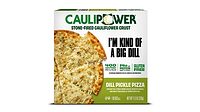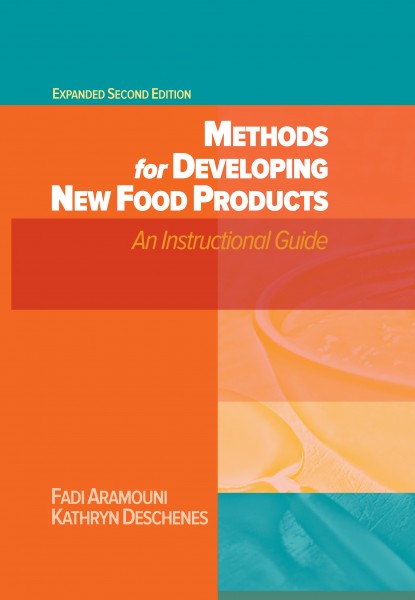Candy/Confectionery
Nestlé Introduces Sustainably Sourced Chocolate in Travel Retail

Image courtesy of Nestlé.
As travelers embark on their journeys across airports this summer, they will have the opportunity to explore the new, travel retail-exclusive Nestlé Sustainably Sourced chocolate range.
This new brand reflects Nestlé's heritage in chocolate making and the company’s commitment to responsible sourcing through the Nestlé Cocoa Plan, in partnership with the Rainforest Alliance.
Nestlé Sustainably Sourced chocolate is crafted using cocoa that is certified by the Rainforest Alliance and sourced through the Nestlé Cocoa Plan. This sustainability program, established by Nestlé 15 years ago, has engaged more than 170,000 families so far, building on three pillars:
- Better farming, aiming to improve livelihoods in communities
- Better lives, aiming to improve social conditions for families
- Better cocoa, aiming to improve product sustainability
The new travel retail confectionery brand will be available in airports around the world. In line with Nestlé confectionery brands that have transitioned to paper packaging, Nestlé Sustainably Sourced Cocoa will also be available in a recyclable paper pouch.
Travelers will be able to personalize their 170 g and 280 g bars by adding their own messages to the product sleeves. The campaign visuals will encourage customers to learn more about the Nestlé Cocoa Plan and the collaboration with the Rainforest Alliance.
“Through creative branding, we can provide transparency on the origin of the cocoa used in our chocolate," says Aura Sanchez, head of marketing at Nestlé Travel Retail. “It enables us to raise awareness about our longstanding commitments to supporting cocoa-farming families and the long-term sustainability of cocoa production.”
Nestlé most recently launched the first KitKat made with fully traceable cocoa ingredients sourced from farming families it supports.
As part of the Nestlé Cocoa Plan, more than 1.2 million forest and fruit trees have been distributed to cocoa farmers. These trees help reduce the harsh effects of the sun and provide moisture-rich spaces for crops to survive during the dry season. In addition, nearly 20,000 hectares were pruned as part of the income accelerator program to improve crop productivity and reduce the prevalence of pests and diseases on cocoa farms.
Looking for a reprint of this article?
From high-res PDFs to custom plaques, order your copy today!








